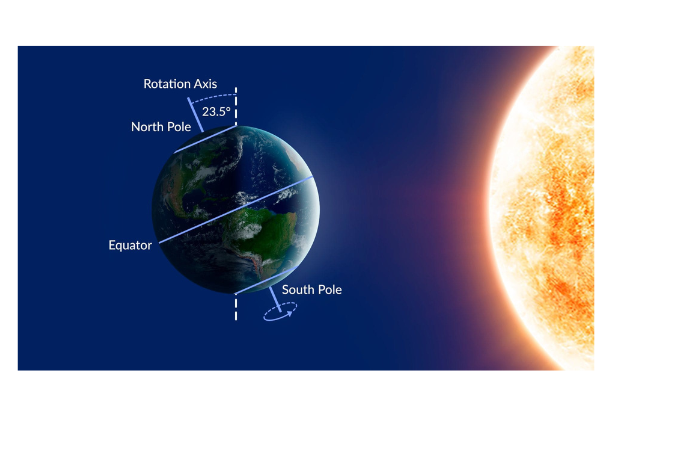
Winter 2023’s Shortest Day: An Explanation of the Winter Solstice
On Thursday, December 21, 2023, at 10:27 p.m. EST, a significant worldwide moment occurs when the sun rises over the Tropic of Capricorn in the southern hemisphere.
The official start of a new season is marked by the Winter solstice north of the equator and the summer solstice south of it.
Bewildered? You ought not to be. All of it is a straightforward account of life on a planet with an axis tilt, offering an opportunity to reflect on the seasons, how the sun’s intensity changes throughout the year, and how celestial mechanics determine the conditions for life on Earth.
Here is all the information you require on this week’s solstice and its significance.
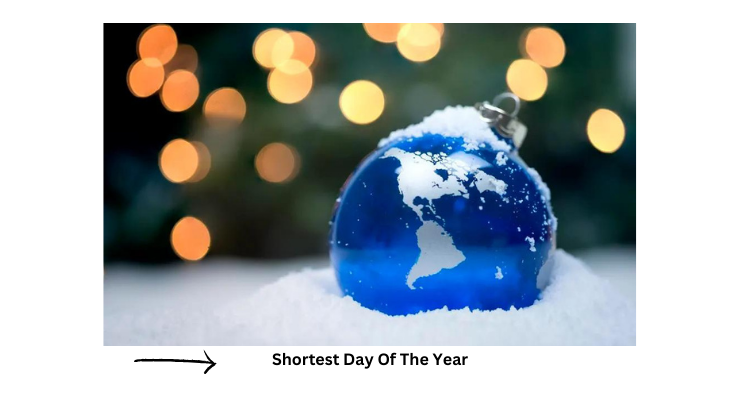
An explanation of the solstice
Every year, there are two solstices: one in June and one in December. The longest day in the south and the shortest day in the north occur on the December solstice.
As we stand at the brink of a celestial dance, the astronomical phenomenon marking the transition into winter in the northern hemisphere and the advent of summer in the southern hemisphere is upon us. This cosmic ballet is orchestrated by the Earth’s axial tilt, a fundamental aspect that shapes our planet’s seasons. https://Winter Solstice.com
The Winter Solstice and Summer’s Arrival:
In the northern hemisphere, the winter solstice heralds the shortest day and the longest night of the year. Meanwhile, in the southern hemisphere, it signifies the longest day and the shortest night. This duality is a result of Earth’s axial tilt, which stands at 23.5 degrees.
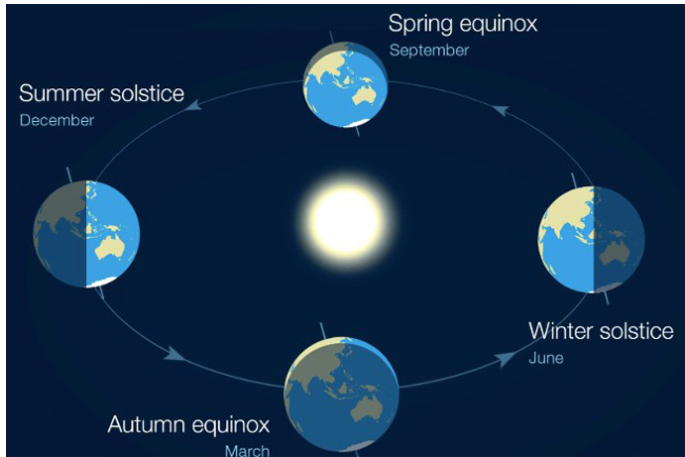
Earth’s Tilted Spin:
The axial tilt is the cosmic quirk responsible for the varying lengths of daylight experienced across different regions during our annual orbit around the sun. As Earth pirouettes through space, different parts of the globe are illuminated for different durations, creating the mesmerizing tapestry of changing seasons.
A Story of Cosmic Impact:
The genesis of Earth’s axial tilt can be traced back billions of years, to a cosmic event that left an indelible mark on our planet. It is believed that a colossal impact, an ancient celestial collision, set the stage for this axial tilt, influencing the course of our planet’s revolutions and shaping the ebb and flow of seasons.
The Dance Continues:
As we stand witness to the winter solstice in the north and the onset of summer in the south, it’s a poignant reminder of the intricate celestial ballet that plays out above. This natural spectacle not only marks a celestial turning point but also symbolizes the resilience of our planet in its cosmic journey.
As December unfolds, the Northern Hemisphere finds itself in the embrace of winter, marked by a celestial event known as the winter solstice. This phenomenon occurs due to the Earth’s axial tilt, casting the North Pole away from the Sun and ushering in the shortest day of the year.
Tilted Away from the Sun:
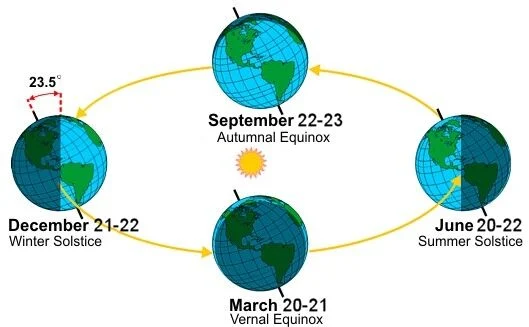
The Northern Hemisphere’s tilt away from the Sun during December results in a diminished exposure to sunlight. At the winter solstice, the North Pole’s tilt reaches its maximum, culminating in the briefest span of daylight north of the equator.
Geographical Variations:
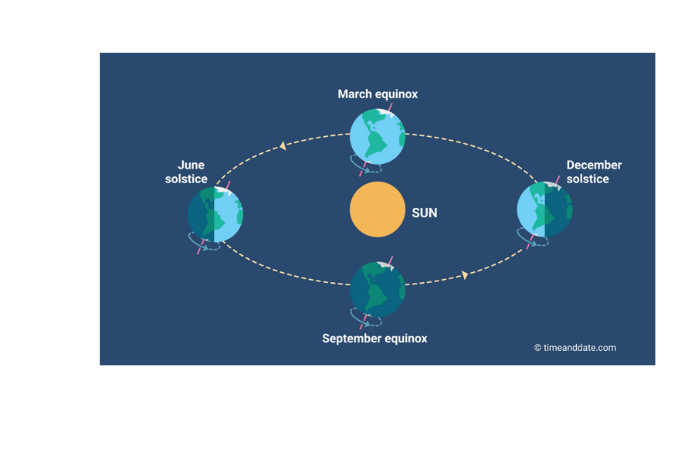
The impact of the solstice varies based on a location’s proximity to the equator. In tropical regions, the shortest day hovers around just under 12 hours of daylight. Moving into the temperate zone, this duration significantly shortens, offering residents a briefer interlude of sunlight. In the frigid expanses within the Arctic Circle, a unique phenomenon unfolds—the polar night—where the Sun remains concealed beneath the horizon, casting these regions into extended darkness.
The Sun Moves North and South, But Why?
The tilt of the Earth’s axis with respect to the ecliptic, an imaginary plane formed by Earth’s orbit around the Sun, causes the subsolar point to shift north and south over the year. This tilt is approximately 23.4°. The subsolar point is located north of the equator in June, when the Northern Hemisphere is inclined toward the Sun. The subsolar point moves southward and the Southern Hemisphere gradually receives more sunshine as the Earth moves toward the opposite side of its orbit, which it reaches in December.
Why Is the Date Different?
n the intricate interplay between our calendars and the cosmic dance of Earth around the Sun, a fascinating misalignment unfolds. While our Gregorian calendar neatly categorizes years into 365 or 366 days, the celestial waltz of the tropical year—the time Earth takes to complete an orbit around the Sun—presents a subtle divergence. This misalignment manifests in the shifting dates of equinoxes and solstices.
Leap Years and the Gregorian Calendar:
Our modern calendar, the Gregorian calendar, introduces the concept of leap years to accommodate the extra fraction of a day in Earth’s orbital period. A leap year, with 366 days, occurs every four years, while regular years consist of 365 days. This seemingly precise adjustment, however, falls short of capturing the intricate celestial choreography.
The Elusive Tropical Year:
While our calendar tries to keep pace with Earth’s journey around the Sun, the tropical year is not neatly divisible into whole days. Earth takes approximately 365.242199 days to complete its orbit, introducing a subtle but persistent misalignment. This discrepancy becomes evident in the gradual shift of equinoxes and solstices from their assigned dates.
Annual Lag:

The equinoxes and solstices, tethered to the Gregorian calendar, experience a yearly delay of approximately six hours. As this lag accumulates over time, the celestial events progressively deviate from their assigned dates. The meticulous orchestration of our calendar meets the inexorable drift of cosmic time.
The Cumulative Effect:
The cumulative lag, seemingly inconspicuous at first, eventually reaches a tipping point where it necessitates a recalibration. The solstice or equinox, originally anticipated on a specific date, gradually lags behind until it aligns with the next designated date.
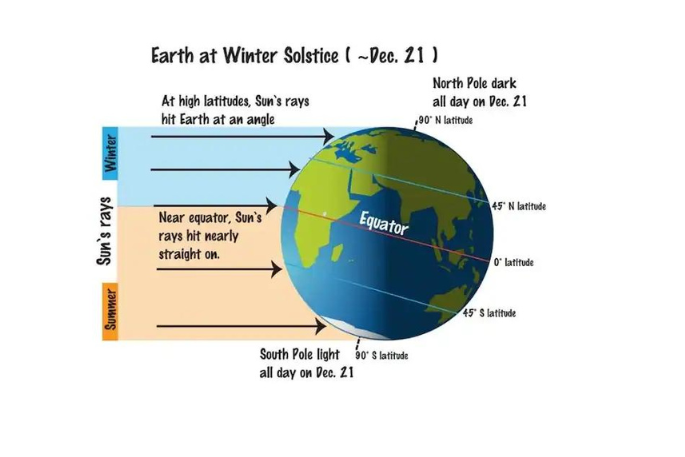
The dance between our calendars and the celestial rhythms highlights the dynamic interplay of precision and imperfection. While the Gregorian calendar strives to synchronize with Earth’s journey around the Sun through leap years, the subtleties of cosmic time persistently introduce a gentle, cumulative lag. This nuanced misalignment, woven into the fabric of our temporal constructs, invites contemplation on the intricate relationship between human efforts to measure time and the ceaseless cadence of the cosmos.